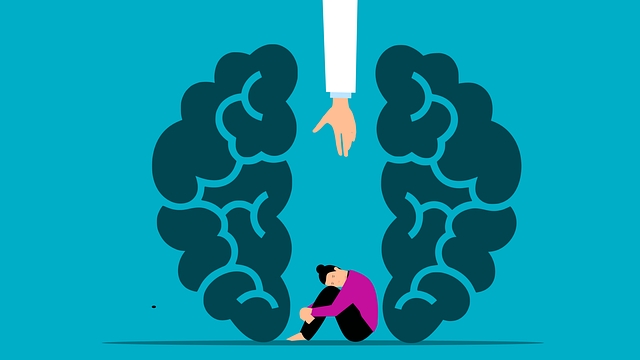
In a world where deception and truth often collide, the lie detector test stands as a critical tool in unveiling hidden realities. As its name implies, the lie detector test is designed to assess the veracity of statements by measuring physiological responses that may indicate deception. Over the years, this method has been both lauded and criticized for its efficacy in detecting lies, sparking debates about its reliability and ethical implications.
When an individual undergoes a lie detector test, various physiological parameters such as heart rate, blood pressure, and skin conductance are monitored to discern signs of stress or anxiety – common indicators of deception. The premise underlying this examination is that lying elicits a detectable physiological response, which can be captured and analyzed to determine the truthfulness of the individual’s statements. Through intricate algorithms and interpretation by experienced professionals, the results of these tests can provide insights into whether the subject is being truthful or withholding information.
History of Lie Detector Tests
Lie detector tests, also known as polygraphs, have a long and intriguing history. The idea of using physiological responses to detect deception dates back to the ancient Chinese and Indian civilizations, where methods like observing heart rate and breathing patterns were employed.
In the early 20th century, the modern polygraph as we know it today was developed by John Augustus Larson, a physiologist and police officer in California. Larson’s invention incorporated measurements of blood pressure, pulse rate, and respiration to determine if a person was being truthful or deceptive.
Over the years, lie detector tests have been both praised for their potential to uncover the truth and criticized for their reliability. Despite controversies surrounding their accuracy, polygraphs continue to be used in various settings, including in criminal investigations, pre-employment screenings, and national security operations.
Accuracy and Reliability
When it comes to determining the accuracy and reliability of lie detector tests, there is ongoing debate within the scientific community. Proponents argue that these tests can be a valuable tool in detecting deception, as they measure physiological responses that are believed to be associated with lying.
On the other hand, critics raise concerns about the limitations and inconsistencies of lie detector tests. Factors such as the individual’s state of mind, anxiety levels, and medical conditions can all impact the results of the test, leading to potential inaccuracies.
Despite these challenges, some studies suggest that when conducted by well-trained examiners and interpreted judiciously, lie detector tests can provide valuable insights and potentially uncover the truth in various situations. The key lies in understanding the intricacies of the test and its limitations to make informed decisions based on the results.
Lie detector test
Ethical Implications
When considering the ethical implications of lie detector tests, one major concern is the potential for inaccuracies leading to false accusations. The reliability of these tests has been debated, as they are not foolproof and can sometimes yield misleading results. This raises questions about the fairness of using such tests as the sole basis for determining someone’s innocence or guilt.
Another ethical dilemma surrounding lie detector tests is the issue of coercion. In some cases, individuals may feel pressured or compelled to take a polygraph examination, even if they believe it to be unreliable or intrusive. This raises concerns about consent and the rights of individuals to decline to undergo testing without facing adverse consequences.
Furthermore, the use of lie detector tests may have psychological implications for the individuals being tested. The stress and anxiety of being subjected to such tests can be significant, potentially impacting the mental well-being of the test subjects. Ethical considerations must therefore take into account the potential harm that these tests can cause to individuals’ emotional and psychological states.





